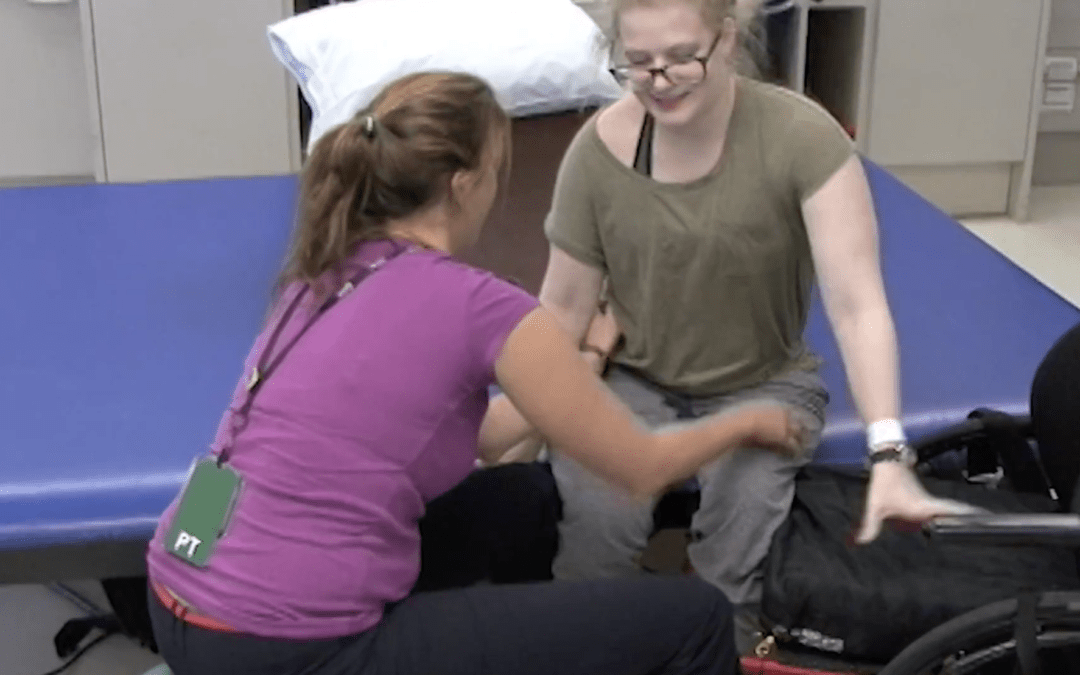The ITLA February 2018 Damages Seminar included Shawn Kasserman, Tomasik Kotin Kasserman, Joe Power, Power Rogers & Smith, Jeff Kroll, Salvi Schostok & Prichard, and Margaret Battersby-Black from Levin & Perconti.
Invited to join them was Gera-Lind Kolarik from Evidence Video. Listen to what each had to say about using Gera-Lind and her team of expert journalists, cameramen and skilled videographers who have spend over 30 years demonstrating that Seeing Is Believing with Day in the Life, Mediation or Settlement videos.
We are more influenced by what we see than what we read or hear, and people who simultaneously see and hear evidence have greater memory retention. As a result, lawyers receive a competitive advantage by hiring experts like Evidence Video who understand how to master the effects of visual tools on the viewers perceptions, thoughts, beliefs, and emotions.
Professionally produced videos portray the victims’ life before and after the accident – family, education, job, aspirations, how their life has been altered, the severity of the victims injuries and an assessment of current and future needs. What is their present psychiatric condition and, most importantly, who is liable? Also, what are the damages, and why should the insurers pay compensation?
On-camera interviews with family, witnesses, experts and deposition testimony of the key parties are invaluable in proving a case, and before and after photos get intertwined, with re-creations and police or medical reports. Extras, including the use of drones or car cams can help support the evidence.
Clearly, from both the plaintiff or defense perspective, there are numerous purposes for utilizing a professionally produced video as they desensitize the viewer to the subject or content of the video, bring in evidence that otherwise could not be explained or admitted, and can prove damages.
The Video Advantage
When used to support damages, a video will capture pain, physical and psychological disability and rehabilitation, and often over an extended period of time. Formats can include Still Photographs, Progressive Video and Day in the Life Video and Settlement Brochures. Video length is determined by the interest level of the viewer and is supportive of future medical and life care expenses.
By using video, the plaintiff is able to bring subjects, equipment, and devices into the courtroom.
Video can be to the advantage of either the plaintiff or the defense in demonstrating whether or not there are economic damages, as these compensate the plaintiff for measurable real losses. These losses, called damages, often include medical expenses, lost earnings, and lost business opportunities. These damages are calculated by adding the amounts of receipts, invoices, and medical bills together.
Economic damages can compensate the plaintiff however, economic damages can be reduced or can be eliminated if the plaintiff contributed to the injury or were at fault for the damages.
Non-economic damages are unquantifiable, as they cannot be calculated by simply adding up medical bills or invoices. They are not out of pocket expenses and are highly subjective. These damages are calculated by a specific formula. The formula’s calculations are usually in proportion to economic damages. They include emotional anguish, severe pain, physical suffering, permanent physical impairment/disability, loss of consortium or companionship, loss of plaintiff’s enjoyment of life, loss of one’s good reputation in the community and any other losses that are not tangible nor obviously quantifiable. Recently added to non-economic damages is now grief and sorrow.
The lawyers at the February TLA CLE said it best when talking about the use of video and their winning results. The message, call Evidence Video because “Seeing is believing.”
We put together logical, truthful, cohesive and persuasive presentations.
For more information on Day in the Life, Progressive and Settlement Documentaries call Evidence Video at 773-871-8483.

